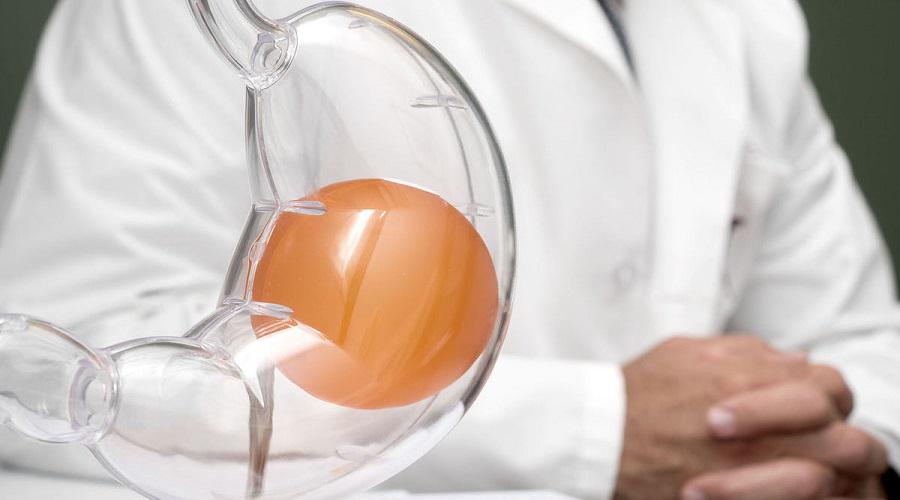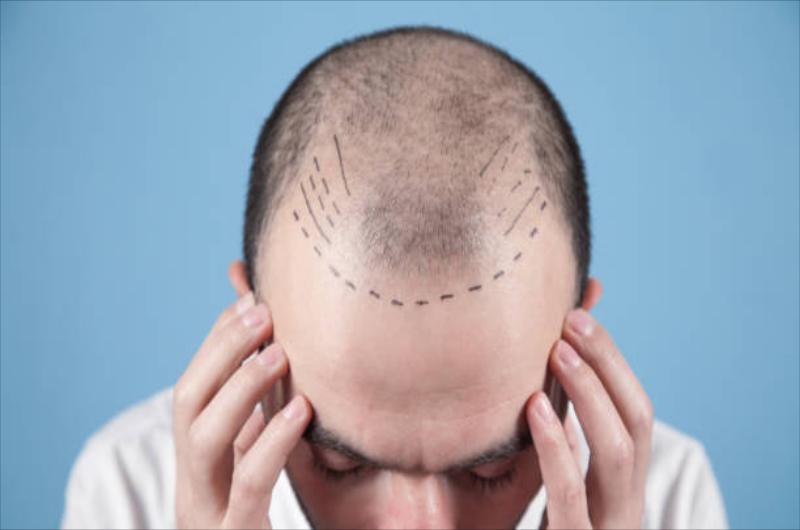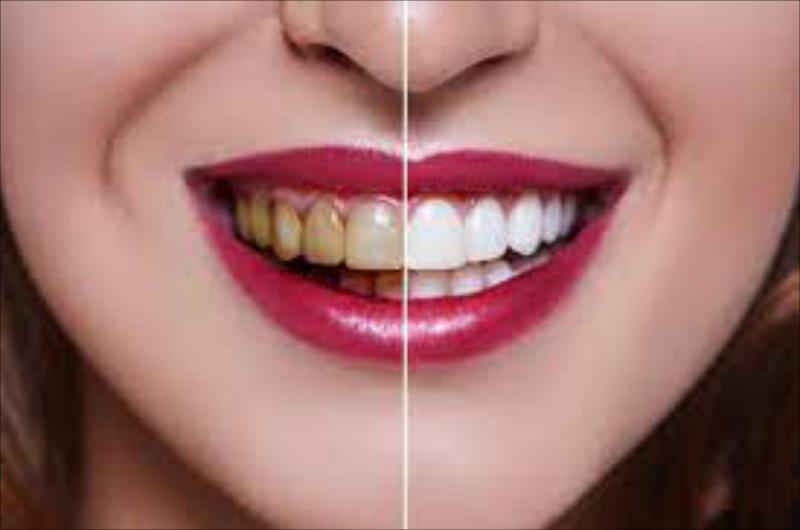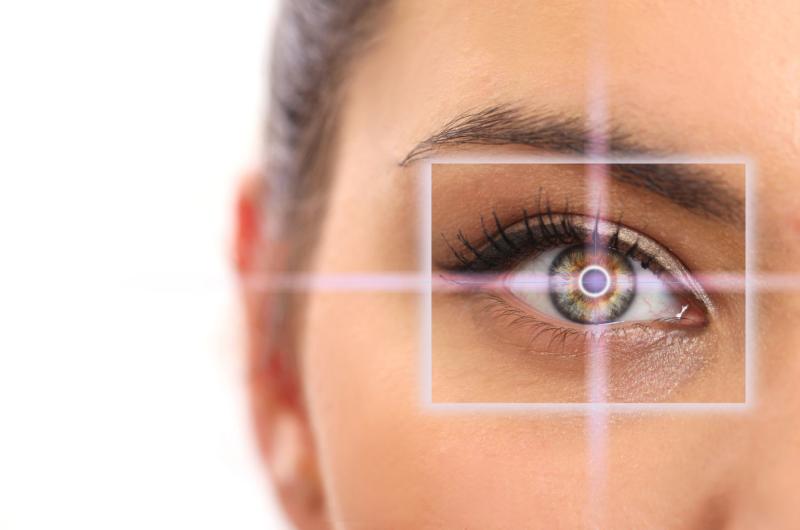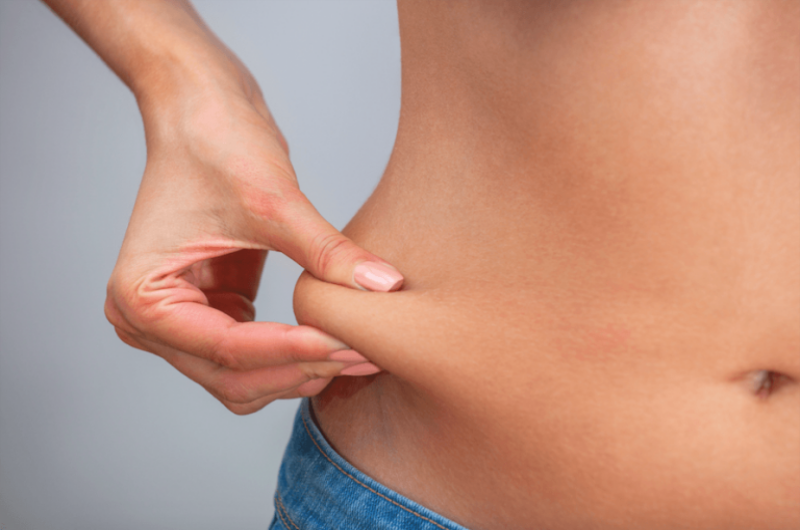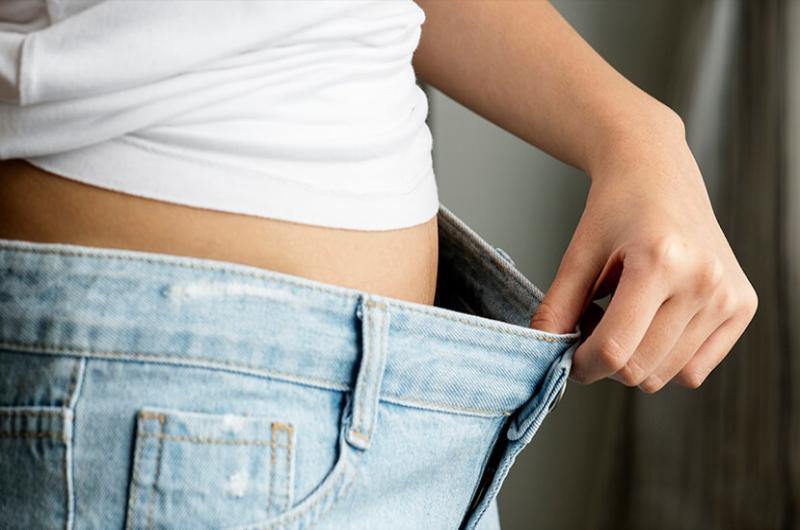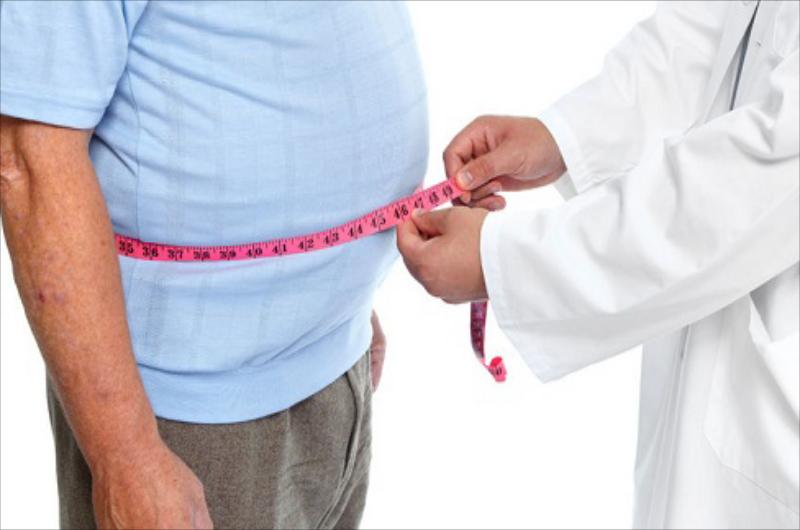About Treatment
Intragastric balloon as a weight loss method
This method of weight loss is common both among women and men. Weight reduction occurs due to the installation of a balloon specially designed for this purpose under the control of an endoscope into the stomach and inflation of the balloon with air in the amount of 550-720 cm ³.
How does intragastric balloon affect weight loss?
By filling part of the stomach volume, the balloon promotes earlier satiety during meals (by acting on the saturation receptors located on the stomach walls), and due to the quantitative restriction in food, patient loses weight.
What is Body Mass Index BMI?
This is a value that allows you to assess the degree of correspondence between the mass of a person and his height and thereby, indirectly, assess whether the mass is insufficient, normal or excess. It is important for determining the indications for treatment, including the prescription of drugs for the treatment of obesity. Body mass index is calculated by the formula: BMI = body weight, kg / (height, m) ².
Who can be offered treatment with an intragastric balloon?
1. For those suffering from overweight with BMI - 30-40 kg / m², when surgical treatment is still premature, but there are already medical or socially determined indications for weight loss. Usually these are patients weighing 80-110 kg.
2. For obese patients with a BMI> 45 kg / m² who are being prepared for surgery to limit the risks of this surgery, eg vertical gastroplasty, gastric bypass, biliopancreatic bypass. This technique can also be recommended for preparing overweight patients for operations with artificial circulation, arthroplasty and joint replacement, etc., when obesity makes it difficult to carry out such operations.
3. Patients with type 2 diabetes, difficult to control due to excess weight.
4. Patients for whom surgical methods of obesity treatment are contraindicated.
5. Patients who, for their own reasons (including financial), do not want to carry out surgical interventions.
How much excess weight loss can you expect?
The loss of excess body weight with this method of treatment can vary from 4-5 to several tens of kilograms, and on average, patients lose about a third of their excess body weight.
What determines the result of the treatment?
Patient should set himself up for serious treatment for several months, limit his diet, revise the composition of the food consumed, reducing the percentage of fat and carbohydrates in it. It is advisable to combine treatment with a balloon with training in a weight loss program, diet therapy, dosed physical activity, and acupuncture. A patient who relies only on the fact that the balloon will do everything necessary for him will get worse results than someone who will seriously work on himself during this entire period. In other words, the patient gets a chance - and it depends on him whether he will be able to use it.
How is the intragastric balloon removed?
The balloon is also removed using an endoscope and specially designed disposable instruments. This procedure takes approximately 20 minutes. Removal of the balloon, as well as installation, is performed during medication sleep, on an outpatient basis, so the patient does not need hospitalization.
How is the treatment tolerated?
Most patients do not feel the balloon during the entire treatment period and lead a normal life. In the first few days after inserting an intragastric balloon, the patient may experience digestive problems, nausea or vomiting, heartburn and salivation. Symptoms usually disappear within 2-7 days. This is due to the reaction of the stomach to a foreign body. These kinds of problems can be eliminated by the appointment of an appropriate therapy by a specialist. Sometimes it takes a short period of time for adaptation.
Is re-treatment possible?
Yes, treatment can be undertaken multiple times. If, during treatment, there is a persistent tendency to a decrease in body weight, or vice versa, a tendency to restore body weight, another balloon can be installed a few weeks after the removal of the first one.
-
Pre-op Tests
blood tests - clinical, for sugar, clotting, infections;
urine analysis - general and for sugar;
gastric intubation FEGDS. -
Duration of Procedure
The duration of the procedure is up to 30 minutes.
One of the main advantages of the technique is that there is no need to follow a strict diet. You can eat any food, since the effect of weight loss comes from the fact that you simply do not want to eat a lot. The only exceptions are high-calorie foods such as liquid drinks and sweets in large quantities.
The recommended stay of the balloon in the stomach is 4-6 months. The calculation is made on the fact that during this time the patient will develop the habit of eating limitedly and in the future will be able to consolidate this stereotype of eating behavior.
1. Inflammatory diseases of the gastrointestinal tract: erosive esophagitis, ulcers and erosion of the stomach and Intestines, Crohn's disease, malignant neoplasms.
2. The presence of potential sources of bleeding in the gastrointestinal tract: varicose veins of the esophagus and stomach, congenital and acquired taleangiectisias.
3. Balloon placement is contraindicated in the presence of large hiatal hernias, strictures and diverticula of the pharynx and esophagus.
4. Mental disorders, alcoholism, drug addiction.
5. Pregnancy and breastfeeding.
BMI = 30-35, up to 40 (in the presence of secondary pathologies requiring treatment - from 27).
Ineffectiveness of other treatments for obesity.
Contraindications to other bariatric methods.
Inability to perform bariatric surgery due to extremely high weight - to reduce it.

